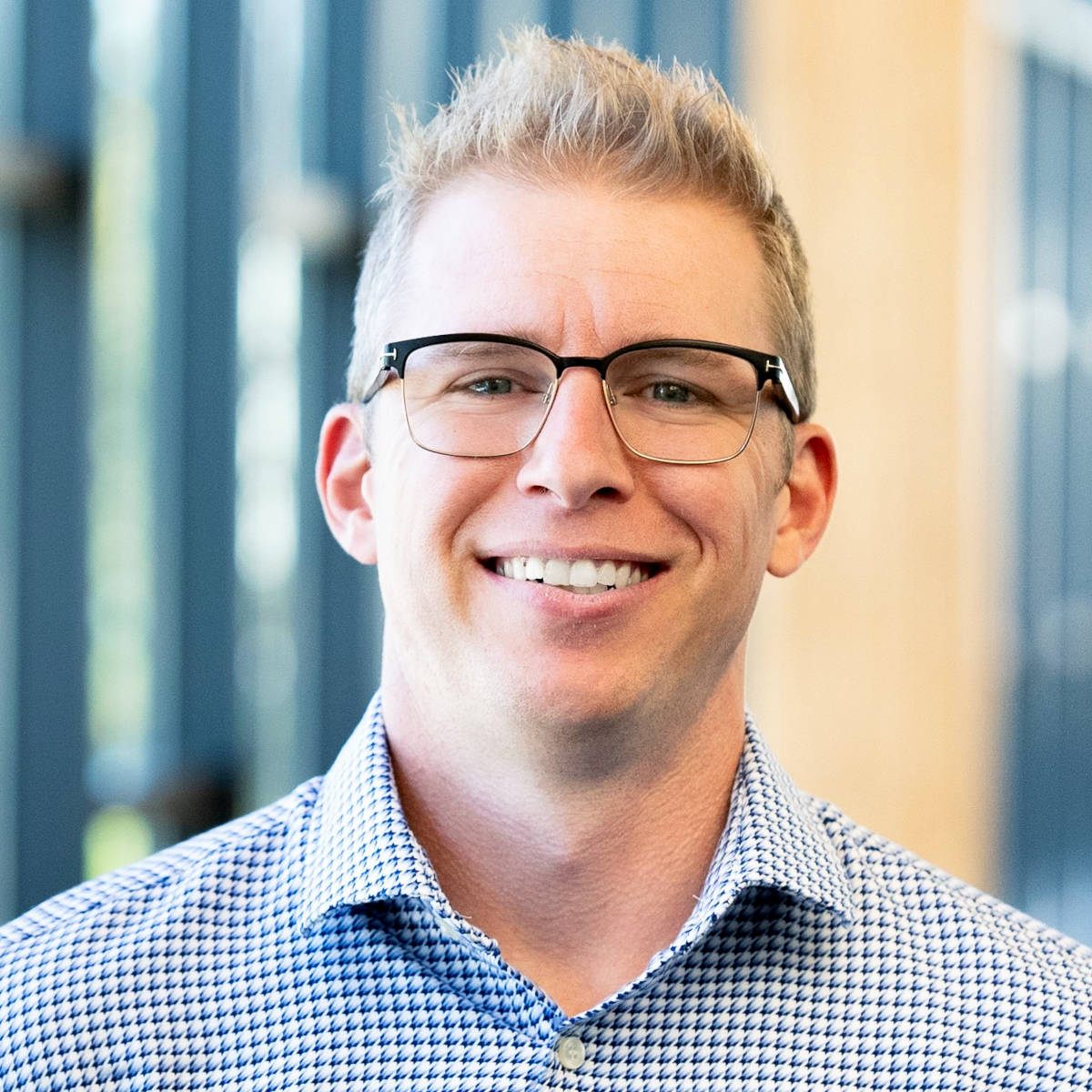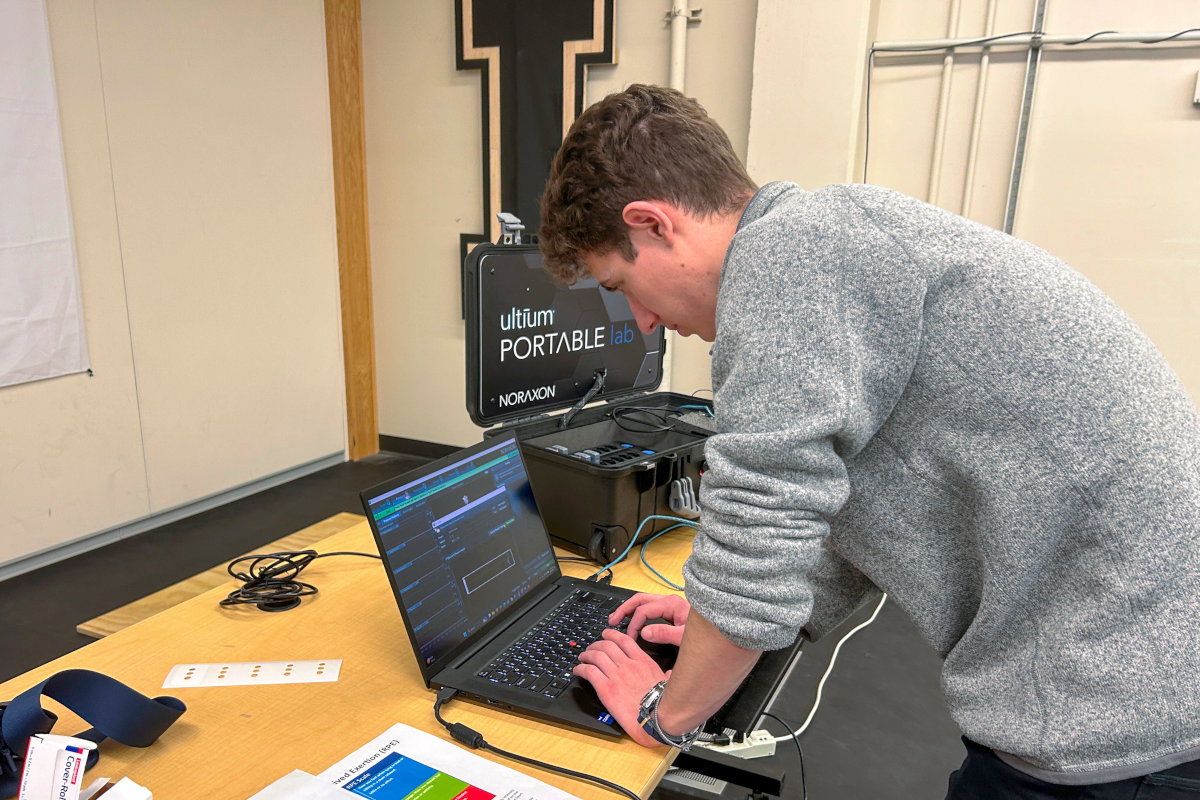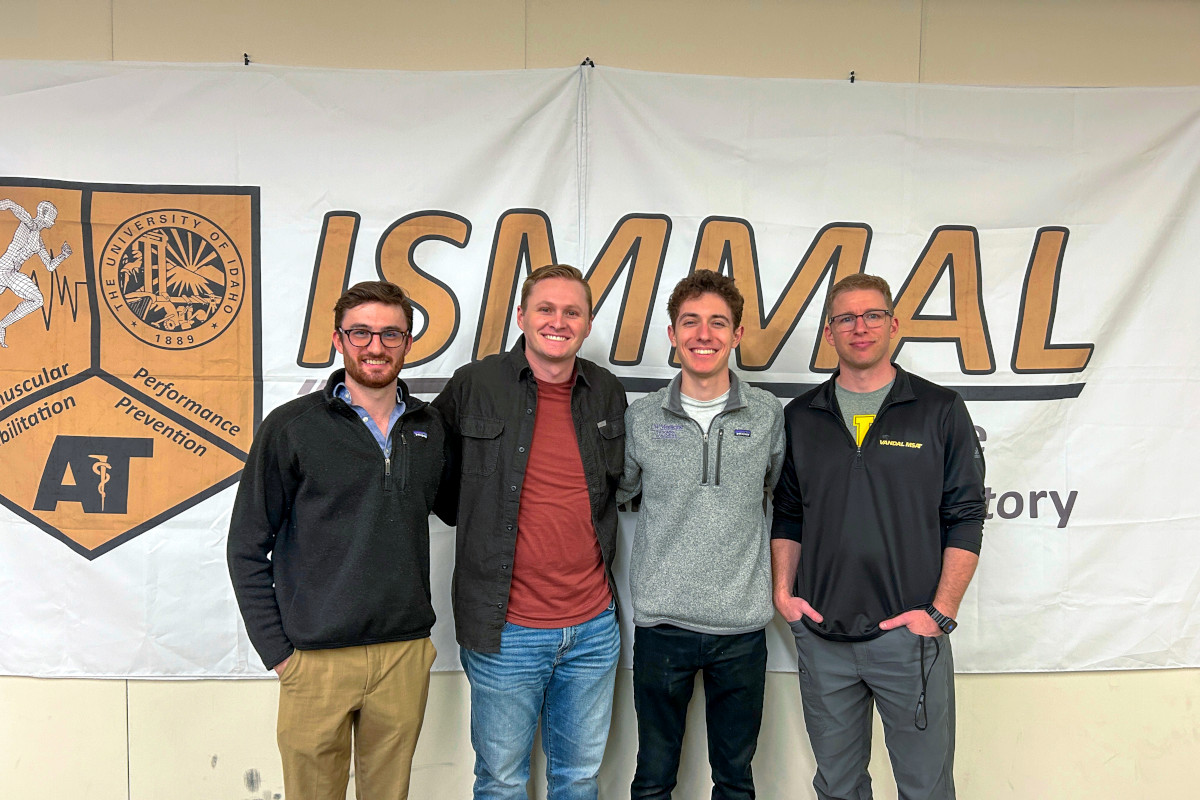Eight Minutes to Win It
Idaho WWAMI Student Earns Chance to Present Research at National Conference
Article by Emma Zado, Idaho WWAMI Medical Education Program
It takes eight minutes to win, but it takes months to prepare.
In eight minutes, John Wadner went from a conference participant to Best Graduate Presenter and winner of the 2024 President’s Cup.
First-year medical student John Wadner presented at the February 2024 American College of Sports Medicine Regional Conference, a conference about the newest developments, findings and technologies in sports medicine. He presented on the relationship between dorsiflexion — a person’s ability to move their ankle — and how it affects their movement in something like a squat. He left the conference holding the title of Best Graduate Presenter and was invited to present at the ACSM National Conference in Boston in May 2024.
“It was rewarding to win,” Wadner said. “My mentor, Dr. Martonick, and I spent a long time nailing down the presentation. It was nice to get recognition for the work that we put into it. It re-sparked my interest in this, like ‘Oh, we’re doing some really cool stuff.’”
Wadner’s presentation included a five-minute oral presentation with an additional three minutes of questioning by industry experts.
Nickolai Martonick, PhD, LAT, ATC
Clinical Assistant Professor of Biomechanics
“The scariest part about that eight-minute presentation was the three minutes of questioning from a whole room full of people who are studying sports medicine, know what they’re talking about and have really good, insightful questions,” Wadner said. “The biggest part of it was just preparing for it and making sure I knew what I was talking about.”
Wadner explained that while everyone attending the ACSM conference sent in an abstract, only 12 were chosen to do oral presentations. The rest would present their research posters during the poster session.
“That’s what I did, the oral presentation,” he said. “Those presenters were competing against each other for the awards.”
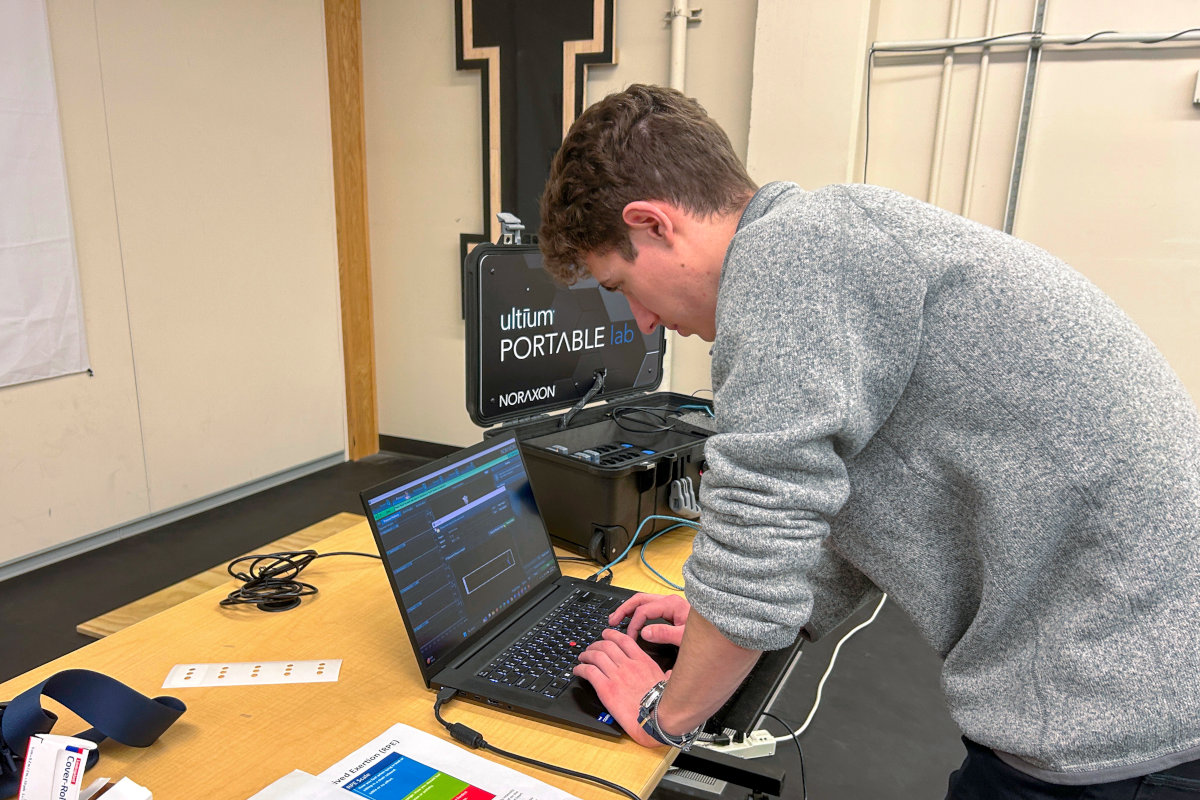
His research, run through the Integrated Sports Medicine Movement Analysis Laboratory, was part of a three-pronged project, studying the relationship between dorsiflexion and the ability to squat, whether instrument-assisted soft tissue mobilization (IASTM) treatment — the process of grinding a metal instrument against muscles and tendons to increase mobilization — changes tissue properties, and patient perception of range of motion before and after IASTM treatments.
Wadner and the others involved with the project — Idaho WWAMI first-year students Kaden Kunz and Graf Kirk — each led one of the elements of the study. As a whole, the study will give insight into whether high-force or low-force IASTM treatments are more effective in improving a patient’s range of motion and softening their muscle tissues, provided changes are recorded at all. If low-force treatment is effective, that would open up less painful treatment options for the patient.
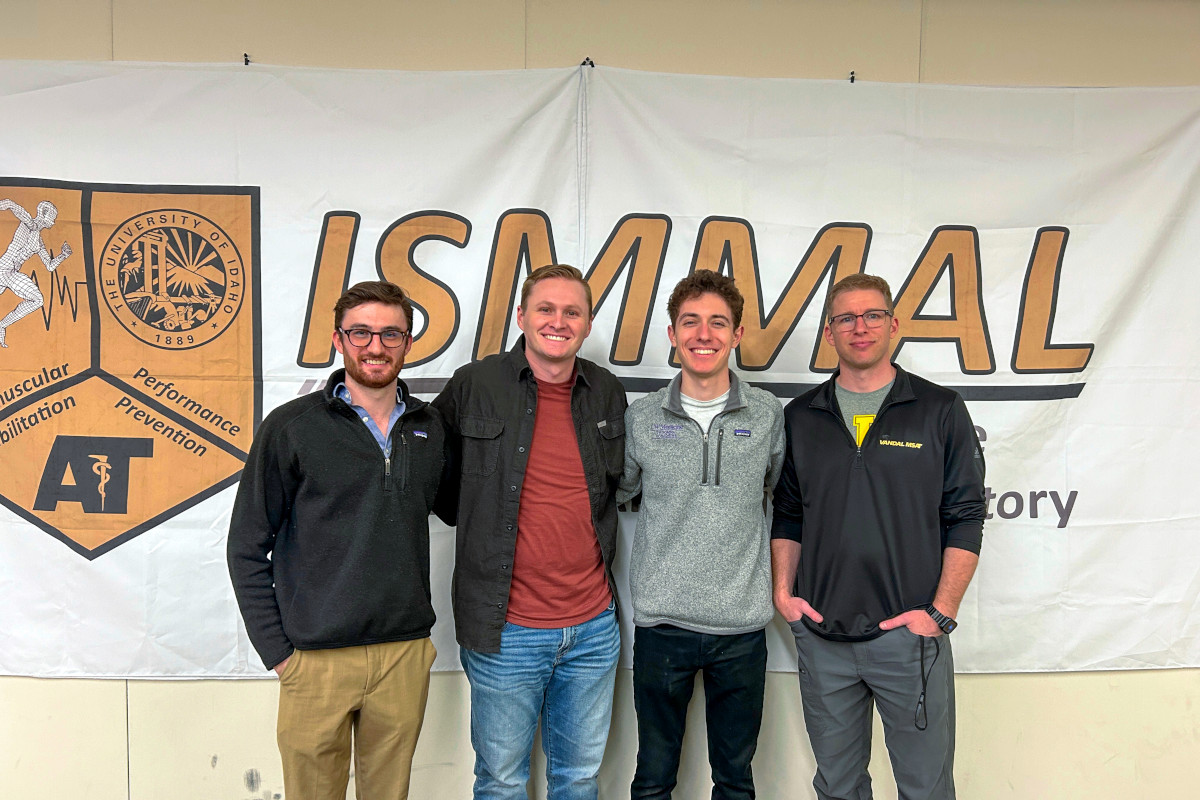
“They’ve each taken different aspects of the study,” said Nickolai Martonick, Idaho WWAMI clinical assistant professor. “We designed the study in a way that they each could have their own question and hopefully each have their own publication coming from it as first authors afterwards.”
Wadner’s initial findings indicate the wider the range of dorsiflexion, the stronger a patient’s ability to perform single and double legged squats, suggesting a greater relationship between a patient’s dorsiflexion and their ability to do other athletic activities.
Wadner, Kirk and Kunz began their research with Martonick back in October 2023, and ran 10 participants through the lab before winter break, collecting and preparing data for the conference.
“You’ve really got to understand the work,” Wadner said. “I’d done all of the research, of course, but I also did a pretty thorough literature review. Lots of reading. Lots of conversations with Dr. Martonick, ‘What are people talking about in this field of study? What sort of things have people tried? What don’t we know about?’”
The scariest part about that eight-minute presentation was the three minutes of questioning from a whole room full of people who are studying sports medicine. John Wadner, first-year medical student
Now, they’re back in the lab collecting more data, working toward publishing their results and getting Wadner ready for the national May conference.
“We’re collecting more data because in February we were at only 10 participants, which is half or a third of what we need,” Martonick said. “By May we’ll probably be starting to write up our results for a journal article, too. John will have an even stronger understanding of the data after going through that writing process himself.”
Though the goal is to at least double the number of participants in the study, it is expected for the findings to remain similar to what was presented in February, with the additional data bulking out Wadner’s presentation at the national conference even more.
“It’s scary,” Wadner said. “This is at the national conference. It’s in Boston, I’ve got to fly out there. It’s crazy. I’m really excited for it.”
Published in March 2024.







